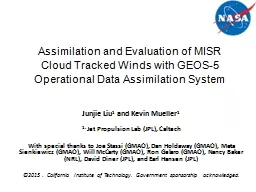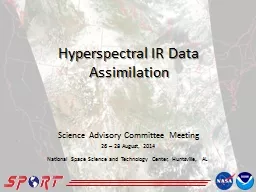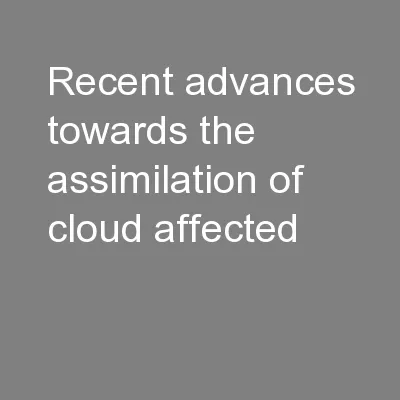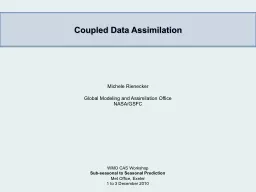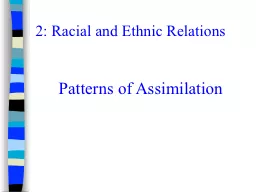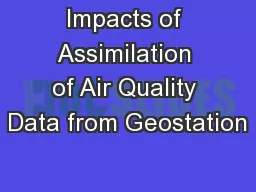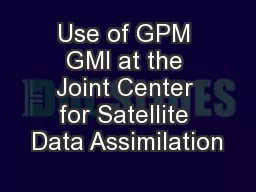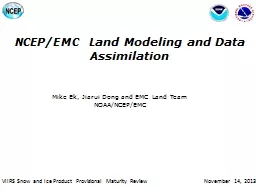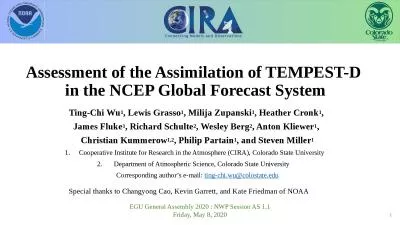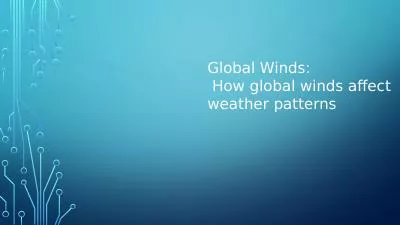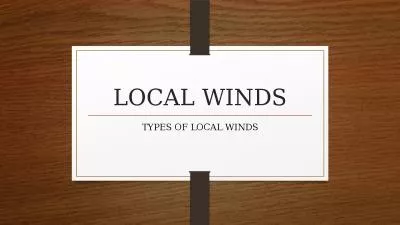PPT-Assimilation and Evaluation of MISR Cloud Tracked Winds wit
Author : sherrill-nordquist | Published Date : 2016-07-04
Junjie Liu 1 and Kevin Mueller 1 1 Jet Propulsion Lab JPL Caltech With special thanks to Joe Stassi GMAO Dan Holdaway GMAO Meta Sienkiewicz GMAO Will McCarty
Presentation Embed Code
Download Presentation
Download Presentation The PPT/PDF document "Assimilation and Evaluation of MISR Clou..." is the property of its rightful owner. Permission is granted to download and print the materials on this website for personal, non-commercial use only, and to display it on your personal computer provided you do not modify the materials and that you retain all copyright notices contained in the materials. By downloading content from our website, you accept the terms of this agreement.
Assimilation and Evaluation of MISR Cloud Tracked Winds wit: Transcript
Download Rules Of Document
"Assimilation and Evaluation of MISR Cloud Tracked Winds wit"The content belongs to its owner. You may download and print it for personal use, without modification, and keep all copyright notices. By downloading, you agree to these terms.
Related Documents

